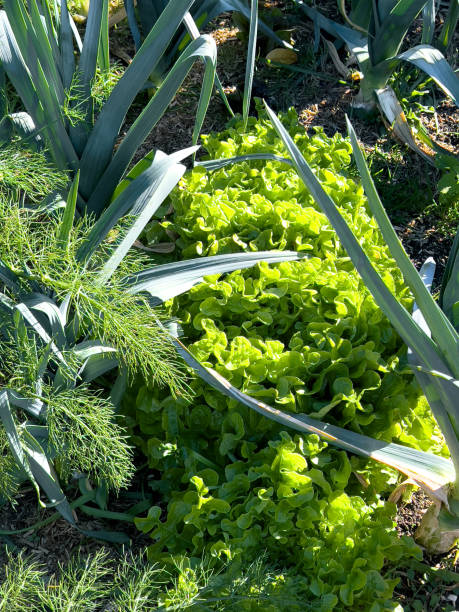Cabbage season in Australia marks a significant period for farmers and consumers alike. As one of the staple vegetables, cabbage holds a crucial place in Australian agriculture and cuisine. This article explores the nuances of cabbage season in Australia, its benefits, cultivation practices, and culinary significance.
Benefits of Cabbage
Cabbage is renowned for its numerous health benefits. Rich in vitamins C and K, as well as fiber, cabbage aids in digestion, boosts immunity, and promotes heart health. Its low-calorie content makes it a favored choice for those aiming for weight management.
Types of Cabbage Grown in Australia
Green Cabbage
Green cabbage, with its round and compact head, is the most common variety grown in Australia. It has a mild flavor and versatile culinary uses, making it a kitchen staple.
Red Cabbage
Red cabbage, distinguished by its vibrant purple hue, offers a slightly peppery flavor and adds a pop of color to dishes. It is prized for its antioxidant properties and adds visual appeal to salads and coleslaws.
Savoy Cabbage
Savoy cabbage, characterized by its crinkled leaves and milder taste, is another popular variety cultivated in Australia. Its tender texture makes it ideal for stir-fries and wraps.
Cabbage Seasonality in Australia
The cabbage season in Australia varies based on climatic conditions and regions. Generally, the best times for planting cabbage range from late summer to early autumn, with harvesting typically taking place in late autumn through winter.
Cabbage Farming Practices in Australia
Successful cabbage farming in Australia relies on suitable soil conditions and climate. Well-drained, fertile soil and temperate climates favor cabbage cultivation. Farmers employ various techniques for planting, watering, and pest control to ensure optimal yields.
Challenges Faced During Cabbage Season in Australia
Cabbage farming in Australia isn’t without its challenges. Pests and diseases pose significant threats to cabbage crops, requiring vigilant monitoring and management strategies. Additionally, unpredictable weather patterns, including excessive rainfall or extreme temperatures, can impact cabbage growth and quality.
Significance of Cabbage in Australian Cuisine
Cabbage holds a prominent place in Australian cuisine, featuring in a variety of dishes ranging from traditional roasts to modern salads and stir-fries. Its versatility and nutritional profile make it a favorite ingredient among chefs and home cooks alike.
Nutritional Value of Cabbage
Cabbage packs a nutritional punch, offering vitamins, minerals, and antioxidants essential for overall health and wellbeing. Its high water content contributes to hydration, while its fiber content aids in digestion and promotes satiety.
Cabbage Recipes Popular in Australia
From classic coleslaw to hearty cabbage rolls, Australian cuisine boasts a myriad of cabbage recipes. Whether pickled, sautéed, or fermented, cabbage lends itself to diverse culinary preparations, adding flavor and texture to dishes.
Sustainable Cabbage Farming Methods
With growing awareness of sustainability, cabbage farmers in Australia are adopting eco-friendly practices. From organic farming techniques to water conservation measures, efforts are underway to minimize environmental impact and ensure long-term viability.
Future Outlook of Cabbage Farming in Australia
Despite challenges, the future of cabbage farming in Australia appears promising. Innovations in technology, coupled with evolving agricultural practices, are enhancing productivity and resilience in the face of changing climates and market demands.
Cabbage Export and Import Trends
Australia, both exports and imports cabbage, contributing to global trade dynamics. While domestic consumption remains high, international markets offer opportunities for expansion and economic growth.
Community Engagement and Cabbage Festivals
Cabbage festivals and community events celebrate the cultural and agricultural significance of this humble vegetable. From farm tours to cooking competitions, these gatherings foster community spirit and appreciation for locally grown produce.
Conclusion
In conclusion, the cabbage season in Australia epitomizes the synergy between agriculture, nutrition, and culture. From farm to table, cabbage enriches Australian cuisine while supporting livelihoods and fostering sustainability. As we embrace the diversity and bounty of nature, let us savor the goodness of cabbage and continue to nurture our connection to the land.
